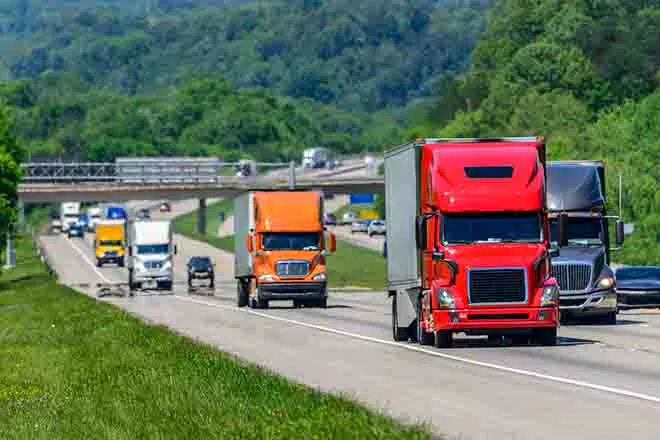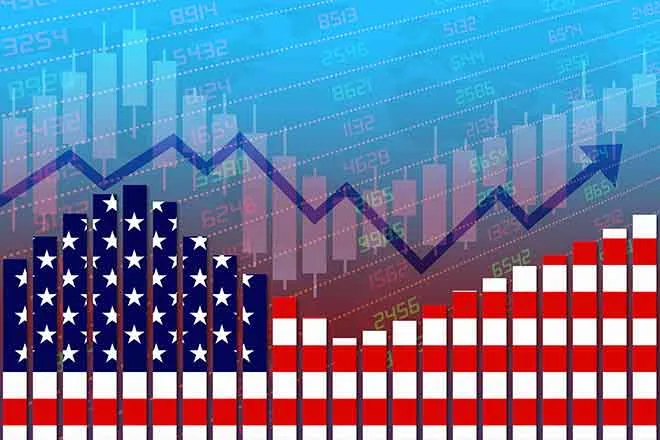
States that send a mail ballot to every voter really do increase turnout, scholars find
(Colorado Newsline) Lately, a rough consensus has emerged among people who study the impact of voting policies: Though they often spark fierce partisan fighting, most changes to voting laws do little to affect overall turnout, much less election results.
But one fast-growing reform appears to stand out as an exception.
When every registered voter gets sent a ballot in the mail — a system known as universal vote-by-mail — voting rates tend to rise, numerous studies have found.
Advocates for mail voting say these findings haven’t gotten the attention they deserve, and that they should lead more states that want to boost turnout to adopt UVM, as it’s called.
“[T]o a remarkable degree, most of the nation’s leading journalists, democracy reform organizations, and elected officials continue to largely ignore, downplay — or even dismiss outright – the potentially profound implications of these noticeably high turnout rates,” said a research paper released last month by the National Vote at Home Institute, which advocates for increased use of mail voting.
Currently, eight states — California, Colorado, Hawaii, Nevada, Oregon, Utah, Vermont, and Washington — use UVM.
Vote by mail attacked by Trump
Efforts in recent years by many states to make it easier to vote by mail prompted a furious backlash from former President Donald Trump and his backers, who have repeatedly claimed, without evidence, that mail voting is dangerously vulnerable to fraud.
Perhaps no state incurred Trump’s wrath more than Nevada, which, along with California, introduced UVM in 2020 in response to the pandemic.
“The governor of Nevada should not be in charge of ballots. The ballots are going to be a disaster for our country,” Trump said ahead of the 2020 election, referring to the state’s then-governor, Democrat Steve Sisolak (In fact, Sisolak was not “in charge of ballots.” Secretary of State Barbara Cegavske, a Republican, was). “You’re going to have problems with the ballots like nobody has ever seen before.”
Since replacing Sisolak this year, Nevada Gov. Joe Lombardo, a Republican, has pushed for eliminating UVM. (“Sending ballots to more than 1.9 million registered voters is inefficient and unnecessary,” Lombardo said in January.) But Democrats, who control the state legislature, have shown no interest in scrapping the system.
So great was the GOP’s suspicion of the practice in 2022 that some voters were told by party activists to hold onto mail ballots and hand them in on Election Day at their polling place, rather than mailing them.
But Trump and Republicans have lately backtracked, telling supporters to take advantage of mail voting rather than handing an advantage to Democrats. In June, the Republican National Committee announced a new get-out-the-vote drive encouraging early and mail voting.
States tinker with mail voting
Still, over 20 states have sought to restrict mail voting since 2020. Ohio has shortened the timeframe to apply for mail ballots and imposed new signature requirements, while Arizona now removes people from its list to receive a mail ballot if they go for more than two years without voting.
Among states looking to expand mail voting, not all have gone as far as UVM. Both New York and Pennsylvania, among other states, have loosened their rules to allow anyone to cast an absentee ballot by mail, rather than requiring an excuse — a system known as no-excuse absentee. But the voter still must take the trouble to apply to receive their absentee ballot, rather than being mailed one automatically.
Experts say there isn’t strong evidence that these more modest approaches to mail voting do much to boost turnout.
Other reforms that likewise have become core to the Democratic platform on voting policy, like adding early voting opportunities, also haven’t consistently been shown to increase voting rates. Allowing people to register at the polls — often called same-day registration — has in some studies been associated with small turnout increases.
By contrast, the research on UVM finds a consistent and significant impact.
Advocates say that’s hardly surprising. Under UVM, election officials simply mail ballots to directly everyone on the voter rolls, almost literally putting a ballot in voters’ hands. Voters can return their ballot either through the mail or by leaving it in a secure ballot dropbox.
Research studies
A 2022 paper by Eric McGhee and Jennifer Paluch of the Public Policy Institute of California and Mindy Romero of the University of Southern California found that UVM increased turnout among registered voters by 5.6 percentage points in the 2020 election — what the authors called “a substantial and robust positive effect.”
Colorado had fifth-highest midterm election voter turnout in U.S.
A 2018 paper by the data firm Pantheon Analytics, which works for Democrats and progressive groups, compared Utah counties that used UVM with those that didn’t, and found that the system boosted turnout by 5-7 percentage points among registered voters.
And a forthcoming paper by Michael Ritter of Washington State University, to be published in the November 2023 edition of the Election Law Journal, looks at various mail voting systems over the last decade and finds that UVM led to an 8-point increase in registered voter turnout.
By and large, states that use UVM appear to see higher voting rates than those that don’t. The National Vote at Home Institute research paper found that eight of the 11 states that used UVM in 2020 were in the top 15 states for turnout of active registered voters. And none of those eight were battleground states, which tend to see higher turnout.
Two other states using UVM for the first time in 2020 ranked first and second on improved turnout compared to 2016 — Hawaii, which saw a 14% jump, and Utah, which saw an 11% jump.
The paper also found that UVM has a particularly large impact on turnout rates for young voters, Black and Latino voters, who tend to vote at lower rates than average.
No advantage for one party
Advocates say there’s another reason why policymakers should have no reluctance to embrace UVM: Despite its impact on turnout, it doesn’t help one party more than the other, according to numerous studies.
“Universal VBM does not appear to tilt turnout toward the Democratic party, nor does it appear to affect election outcomes meaningfully,” a representative 2020 paper by a group of Stanford University political scientists concluded.
McGhee said that finding could have the effect of turning down the political heat on the issue.
“Hopefully as the evidence gets out that it boosts turnout without impacting partisan outcomes, that part of it will fade a little bit,” he said. “And it’ll just be seen as a good-government reform.”
Colorado Newsline is part of States Newsroom, a network of news bureaus supported by grants and a coalition of donors as a 501c(3) public charity. Colorado Newsline maintains editorial independence. Contact Editor Quentin Young for questions: info@coloradonewsline.com. Follow Colorado Newsline on Facebook and Twitter.















